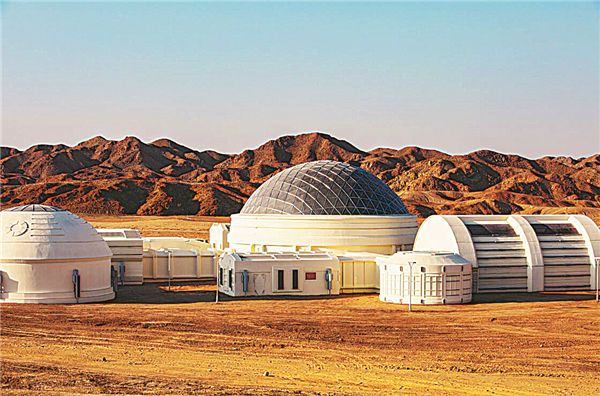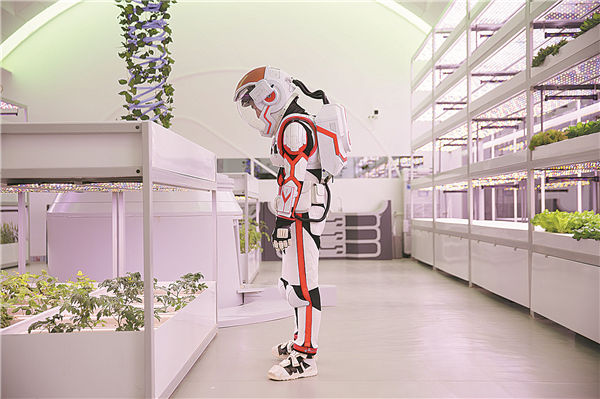

Guide to the galaxy
Such travel experiences can be found in A Travel Guide to Interstellar Space, a list of tips recently released online by Mafengwo, a travel service and social networking platform, in conjunction with monthly magazine Science Fiction World.
It includes aerospace museums, observatories and destinations that look like Mars. The Five-hundred-meter Aperture Spherical Radio Telescope in Pingtang, Guizhou province, is also among the attractions listed.
Both sides plan to co-organize themed activities, such as offline discussions, to integrate sci-fi with tourism.
Mafengwo is working with tourism operators to promote sci-fi-themed products on the platform, such as study tours and visits to planetariums, observatories and museums, with an informative tour commentary.
"The essence of tourism is exploration. The travel plans of humans will not always be restricted only to Earth. With the advanced development of science and technology, space travel is not beyond reach anymore," says Hong Runlei, who's in charge of Mafengwo's official travel tips.
She admits that the growing interest in aerospace and sci-fi among Chinese people in recent years was an incentive to produce the travel guide.
Last year witnessed great achievements in China's space program, ranging from the launch of the core module of its ambitious Tiangong space station project, to landing a rover on Mars. Also, China's 55 orbital launches in 2021 propelled the nation to the number one spot globally in terms of lift-offs.
In 2023, Chengdu in Southwest China's Sichuan province will host the 81st World Science Fiction Convention (Worldcon). The city is also the birthplace of Chinese sci-fi magazine Science Fiction World, in which Liu Cixin's The Three-Body Problem was first published in regular installments.
"As outbound travel is still restricted in China, it's important to explore the country's rich domestic tourism resources. Chinese visitors are longing for personalized and in-depth travel experiences," Hong says.
